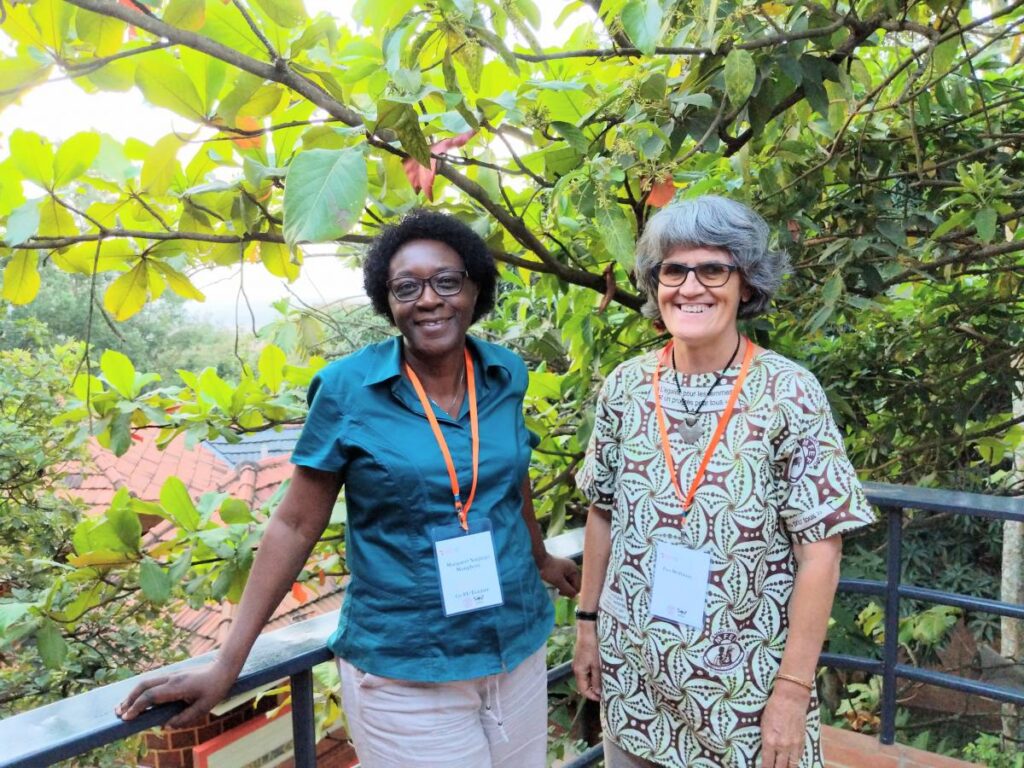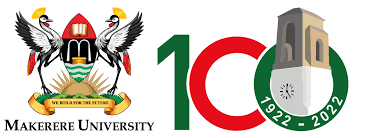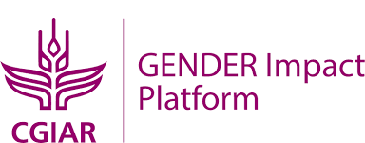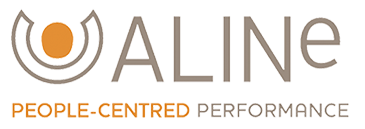By: Eva Weltzien, GREAT Guest Lecturer
It is not easy to relate specific breeding program targets or activities to a desired societal goal. Yet that is, at least in part, exactly what programs like GREAT set out to teach plant breeders to do. I recently had the opportunity to reflect on the linkage between breeding and social change in two GREAT courses, and how these discussions can be more productively managed.
During the recently concluded GREAT legumes course, one training session focused on ‘Setting Priorities for Breeding Programs: Gender and Demand-led Design.’ One point of discussion within the session was the notion that any plant breeding program, with all its technical objectives and targets is contributing to some goals. In her session on qualitative research methods, Brenda Boonabaana, one of our GREAT trainers, very appropriately described these development goals as goals for the development or changes of society. This description expresses much more directly that all these activities can affect the lives of people in society, women and men, and the way they relate to each other. It also makes it more immediately clear that ‘society’ should have choice, a stake, and decision making power to choose specific changes, shape them, and drive them in a desirable direction.

Eva Weltzien, right, with GREAT PI Margaret Mangheni at the GREAT Gender-Responsive
Legume Breeding Course in July, 2018.
Some participants were really keen to discuss practical issues around ‘how to…’ or ‘what to…’ change in a breeding program to contribute better to specific societal goals. It was heartening to realize that for all these participants it seemed to have become very obvious that understanding gender issues is really addressing the basic reasons for inequalities. Responding to gender issues, even as a plant researcher, thus fundamentally changes their outlook, which can then become a starting point for future work.
To illustrate the linkage between breeding programs and societal change, I shared my experience with sorghum breeding in West Africa. At the time I began work, the program had not achieved widespread adoption of its newly bred varieties, despite the involvement of a variety of national and international research institutions. Primarily, it was found, this was because grain quality issues for home processing and food consumption had not been considered in the breeding strategy. Thus, while the new varieties may have yielded more grain, the women were actually preparing less food from these harvests, because of a range of grain quality issues. The knowledge about these traits was in the women’s domain. The women’s concerns had never been addressed, and thus no benefits for this society were generated.
Still, raising these questions in a workshop session is quite different from addressing it in one’s home institution. Was one afternoon session really long enough to reinforce these linkages between changes in society and the possible impacts of breeding programs? Could the participants really question some of the assumptions for their own breeding programs? Could the participants relate to my examples from sorghum – a cereal crop – in Mali in West Africa, when many of them were from East Africa – working on legume crops?
Fortunately, the training module developed for the legume breeders course got a chance for a second test in August, when I was invited to give a training for wheat breeders and their social science colleagues in Ethiopia. Again, I saw that the notion that plant breeding can target changes in society grasped the participants. With a more focused session, participants had more time for practical discussions, developing their own cases, examining the existing breeding programs, and discussing options for changes in detail.
Encouraging the curiosity of both plant breeders and social scientists, to ask questions about gender roles, gender preferences, to question the existing stereotypes, to discover the issues that could actually make a difference – and to act upon them – these are big strides, possibly with many hurdles – culturally, institutionally and conceptually. It was fascinating to observe, to notice, to sense that there was actually an eagerness to try out changes, to test new methods, to work with different disciplines.
Contributing to changes in society was actually something that was not questioned.





